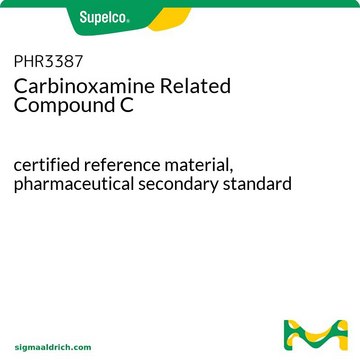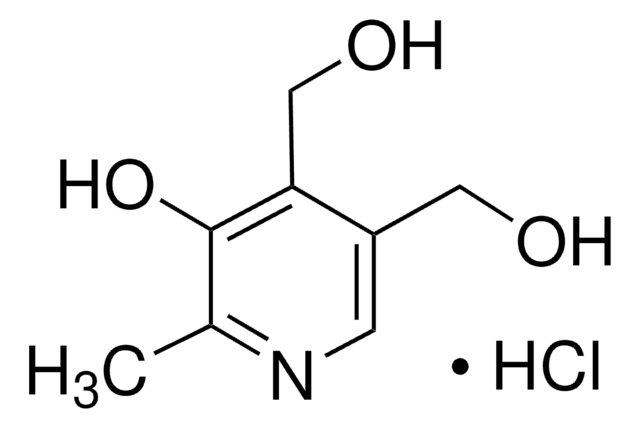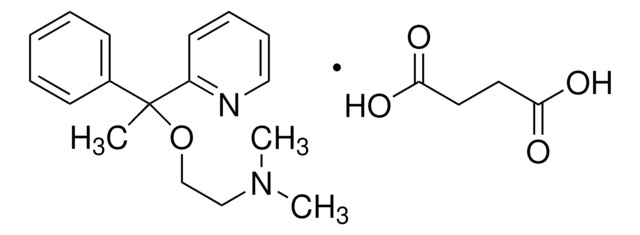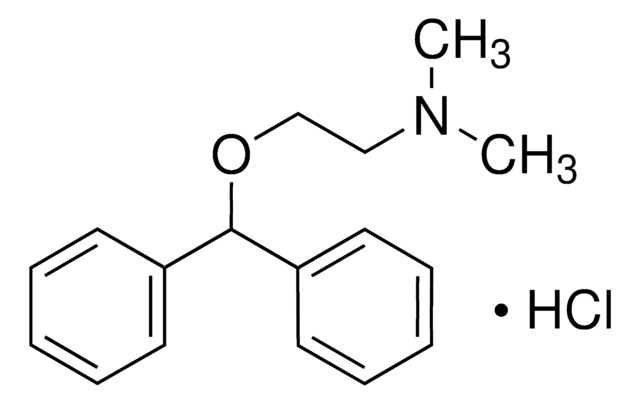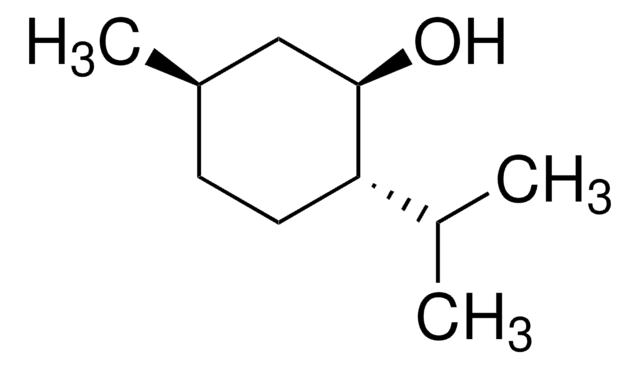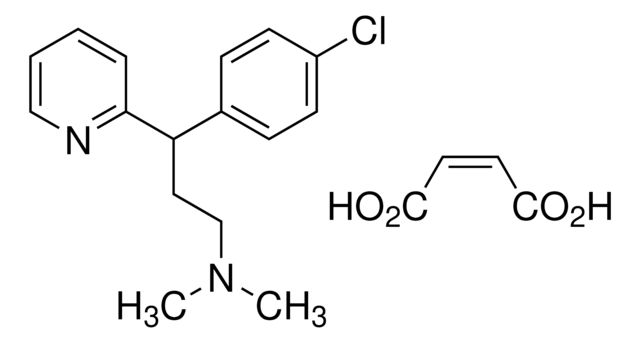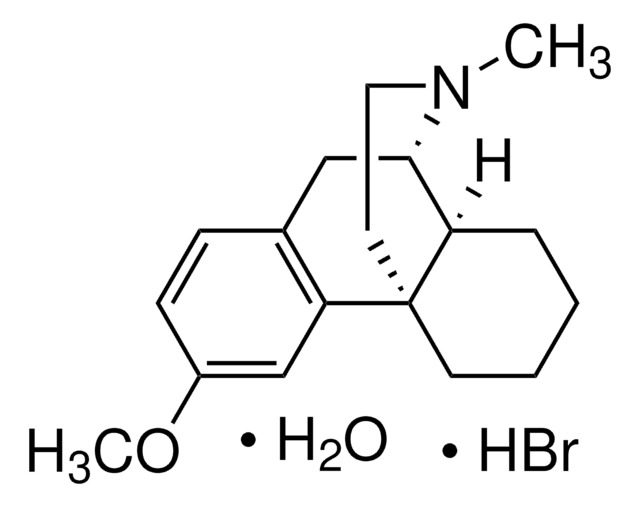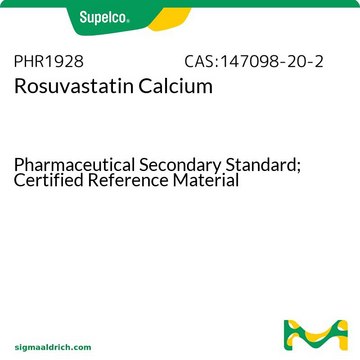PHR1420
Doxylamine Succinate
Pharmaceutical Secondary Standard; Certified Reference Material
Synonym(s):
Doxylamine succinate salt
About This Item
Recommended Products
grade
certified reference material
pharmaceutical secondary standard
Quality Level
Agency
traceable to Ph. Eur. Y0001562
traceable to USP 1227006
API family
doxylamine
CofA
current certificate can be downloaded
technique(s)
HPLC: suitable
gas chromatography (GC): suitable
application(s)
pharmaceutical (small molecule)
format
neat
storage temp.
2-30°C
SMILES string
OC(=O)CCC(O)=O.CN(C)CCOC(C)(c1ccccc1)c2ccccn2
InChI
1S/C17H22N2O.C4H6O4/c1-17(20-14-13-19(2)3,15-9-5-4-6-10-15)16-11-7-8-12-18-16;5-3(6)1-2-4(7)8/h4-12H,13-14H2,1-3H3;1-2H2,(H,5,6)(H,7,8)
InChI key
KBAUFVUYFNWQFM-UHFFFAOYSA-N
Gene Information
human ... HRH1(3269)
Looking for similar products? Visit Product Comparison Guide
General description
Doxylamine succinate is an antihistaminic drug generally employed for the prevention of morning sickness in pregnant women.
Application
Analysis Note
Other Notes
Footnote
Signal Word
Warning
Hazard Statements
Precautionary Statements
Hazard Classifications
Acute Tox. 4 Dermal - Acute Tox. 4 Inhalation - Acute Tox. 4 Oral - STOT SE 3
Target Organs
Respiratory system
Storage Class Code
11 - Combustible Solids
WGK
WGK 2
Flash Point(F)
Not applicable
Flash Point(C)
Not applicable
Choose from one of the most recent versions:
Certificates of Analysis (COA)
Sorry, we don't have COAs for this product available online at this time.
If you need assistance, please contact Customer Support.
Already Own This Product?
Find documentation for the products that you have recently purchased in the Document Library.
Our team of scientists has experience in all areas of research including Life Science, Material Science, Chemical Synthesis, Chromatography, Analytical and many others.
Contact Technical Service